Last weekend I was honored to deliver multiple breakout sessions at the Habitat for Humanity Minnesota statewide conference. Amazing, hardworking volunteers and staff gathered for a couple of days to learn how to be better at all they do.
One of the sessions I delivered was The Art of Asking.
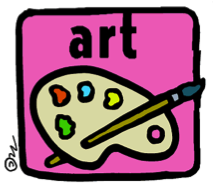
My session was geared to transform the fears and skepticism around asking. You can see the slides from the session at the bottom of this post.
A main theme of my work with social profit organizations comes from colleague and friend Lynne Twist. Lynne says: “Money moves toward boldness and clarity of communication.”
I believe good fundraisers get a “yes” often. Exceptional fundraisers don’t have to ask. Their communication is so compelling, engaging, and inviting that others want to take action. It’s bold and clear communication that causes people to take action.
While our session last weekend was about asking, we also talked about generating support without having to ask. Read on for an example of generating support without asking. Has this ever happened at your organization? It can.
George, the CEO of an organization that must raise nearly $1.6 million in unrestricted funds each year from individuals in his community was attending a community event at the end of last year. The fiscal year for his organization was nearly at its end. It was December 22. George spoke at an event with 50 or so people from the community and told them the main things I coach organizations to touch on in ALL their face to face communication:
- What’s working? Share some good news or a story that is an example of great outcomes from a program.
- What’s missing? Share what the current funding gap is in a specific program and/or for the agency overall. Share information about how many are on the waiting list for your services and what it would cost to provide support to them.
- Tell a story that causes people to feel something and want to take action.
George shared a story of a youngster, a school age child, Tony. He described how twelve-year-old Tony’s life is immensely better because of their afterschool program rather than being on the streets making choices that he may regret and that would change the trajectory of his life forever.
The story was warm, had some humor, and it was enough for people to feel a bit of worry when George shared that the afterschool program would end the year in the red the following week on December 31 with a $32,000 funding shortfall. George explained: “We still have a funding gap for Tony’s program despite our best efforts.”
George ended his 15 minute talk and moved on through the Christmas holiday. The following week, on December 30 he opened his mail to find a small note card from a woman who had attended the event the previous week. The note said: “I hope this helps Tony and the funding gap in the afterschool program.” Included with the note card was a check for $32,000. The funding gap for the afterschool program had just been eliminated! This gift was from someone who had never made a gift at that level before. A complete year-end surprise.
There had been no ask at the event where George spoke. He simply shared some facts. Shared from his heart and thanked the people in the room for all they’ve done throughout the year to support his agency. The art of not asking.
Now I know there are times when it’s important to make the “ask” and invite a financial gift to support your organization. But I also remind you that there are lots of times throughout the year when asking is not yet appropriate; times when keeping your stakeholder community informed has as much or more value. The information you share in between the “asks” can and will often cause people to do more.
Here is a simple framework for communication that generates $ or support. Print, web, and in-person communication should answer these questions:
- What’s your current funding gap?
- What would your organization do with more money or members? Humanize this.
- What is one simple action you want people to take? (Read the story? Attend an event? Tell others about you? Give something?)
And finally communication that generates support with ease should:
- Cause people to feel something.
- Unfold all year long. Communicate regularly.
Oh and by the way, George has shared with me numerous stories of how he shares the funding gap and compelling stories and often walks away with a check. He’s really mastered the art of asking, er, not asking.
This post was included in Withism’s from Lori: Boldness, Clarity & Wisdom for Fundraising Professionals Making a Difference (Volume 1), now available in paperback, on Kindle, and Nook.


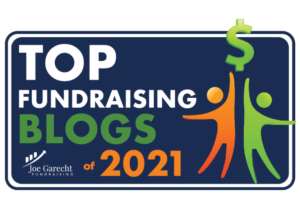


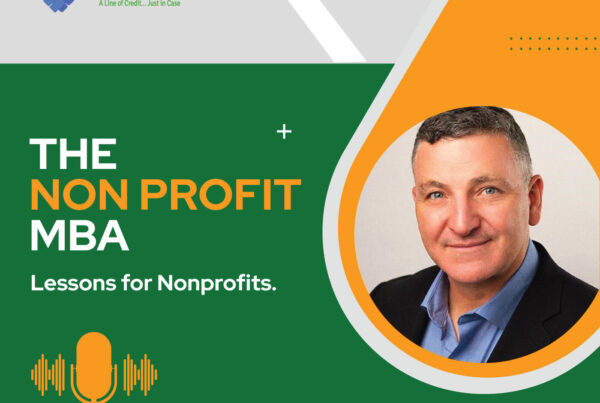
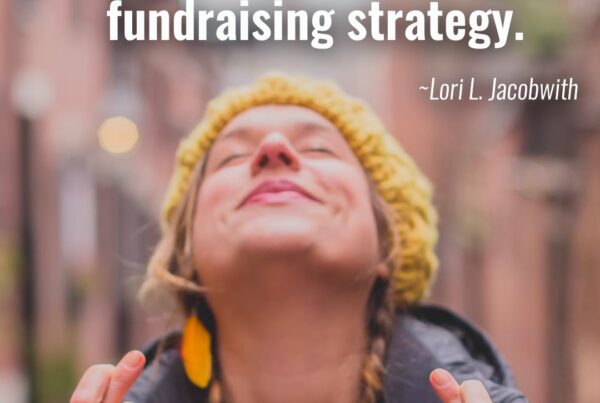
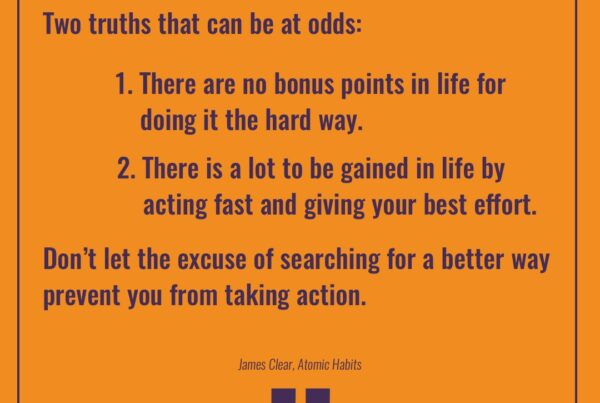
I got goose bumps reading your post! My heart is always warmed by wonderful stories like these. I always say that people won’t give unless there’s a need – so it makes sense that talking about the need (even without asking) could result in a gift. Thanks for sharing this!
Kristen, I, too, get goose bumps when people like George call and tell me their stories of not asking and getting a gift. It’s a true testament to conveying the need so others see a place for themselves.